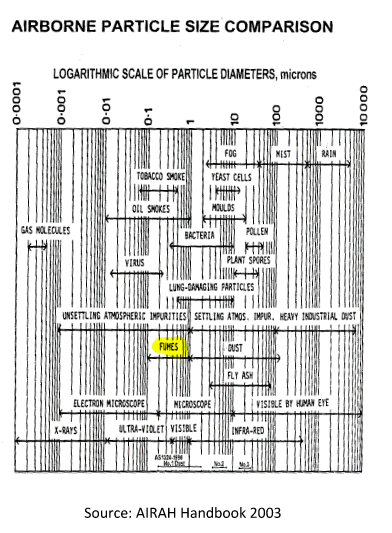geopat69
Structural
- May 25, 2013
- 84
hi All
I am not a mechanical engineer and work in an office building in Queen street, brisbane. i have a couple of novice questions for my own education... so forgive my ingorance. My questions are related to air handling units (which are located in a plant room, on each floor of the office building).
1) Firstly, do all air handling units have two - stage filter?
2) As I understand, typical AHUs draw in some outside air (I think 20%?)... So assuming a typical office, how good are the filters at removing pollutants from this outside air?
3) I read that there are several Australia standards related to AHU filters and the selection of filters. How does one determine the grade of filter... i mean surely there is a guide? Specifically, i would be interested in knowing what grade (G1, G2 etcc) of filter a typical office building in brisbane city would have.?
4) Finally, assuming the worst case (i.e lowest grade) of filter that would be used in brisbane city , can someone advise how small are the particles from the outside air it will remove?
regards
geopat
I am not a mechanical engineer and work in an office building in Queen street, brisbane. i have a couple of novice questions for my own education... so forgive my ingorance. My questions are related to air handling units (which are located in a plant room, on each floor of the office building).
1) Firstly, do all air handling units have two - stage filter?
2) As I understand, typical AHUs draw in some outside air (I think 20%?)... So assuming a typical office, how good are the filters at removing pollutants from this outside air?
3) I read that there are several Australia standards related to AHU filters and the selection of filters. How does one determine the grade of filter... i mean surely there is a guide? Specifically, i would be interested in knowing what grade (G1, G2 etcc) of filter a typical office building in brisbane city would have.?
4) Finally, assuming the worst case (i.e lowest grade) of filter that would be used in brisbane city , can someone advise how small are the particles from the outside air it will remove?
regards
geopat

